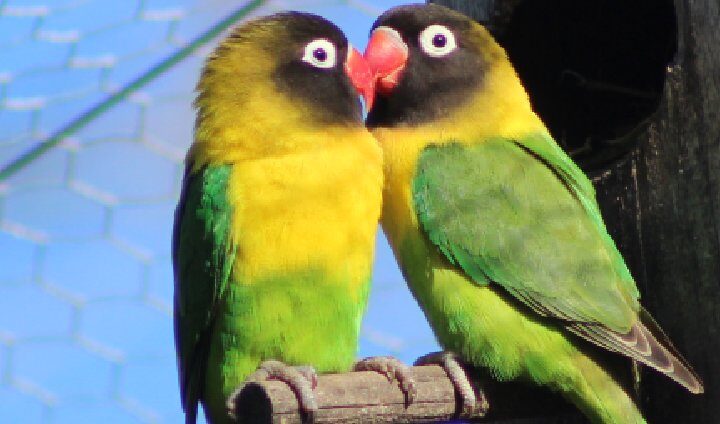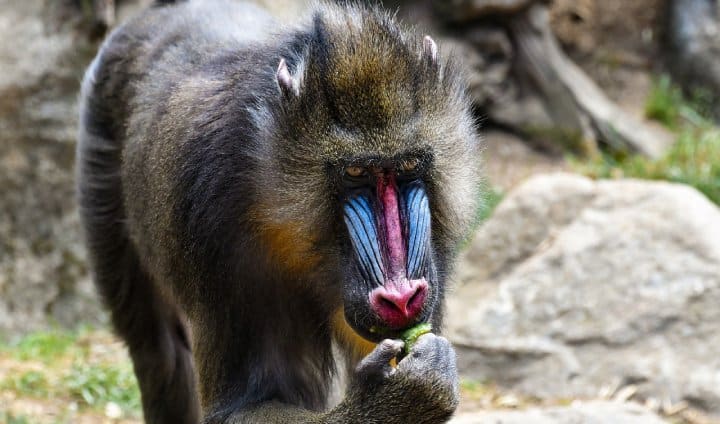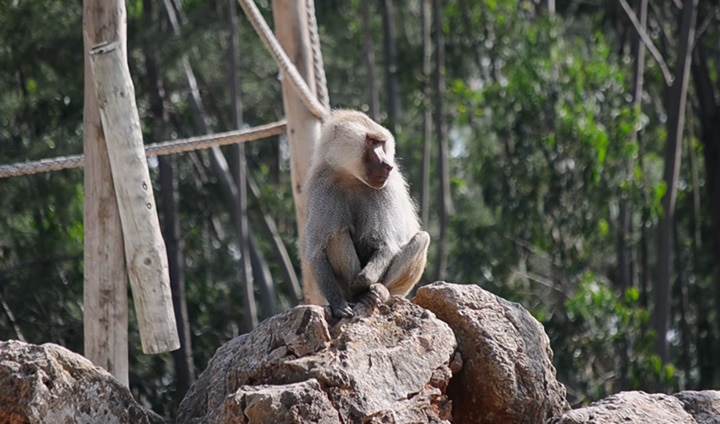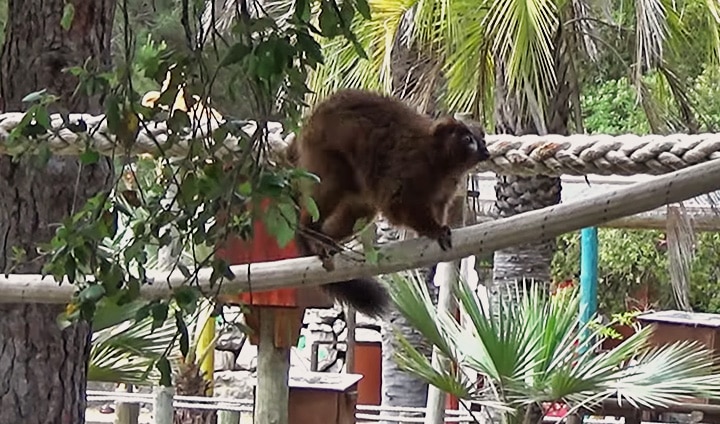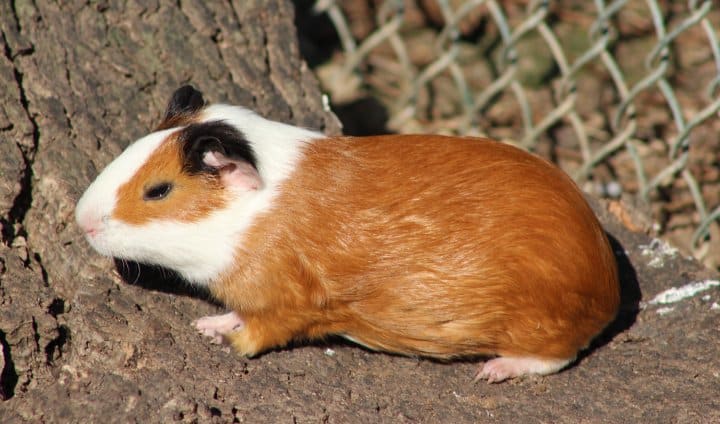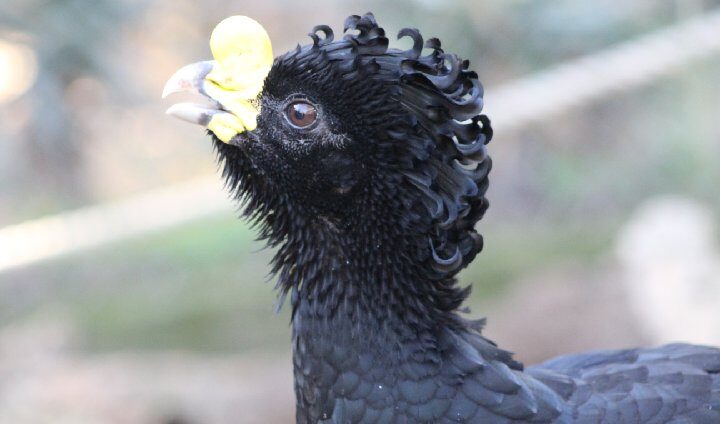Biological Characteristics: Its head is black with white ring markings around the eyes giving it a masked appearance. The beak is bright red. The back is a darker green than the belly and the wings have black flight feathers. The... READ MORE.
Animals
Pied crow
Habitat and geographic distribution: Found in open mountainous regions, but can also be found in urban areas. Wide distribution throughout sub-Saharan Africa as well as Madagascar, the Comoros Islands and Assumption Island. Diet: Omnivorous. Feeds on a wide variety of... READ MORE.
Von der Decken’s Hornbill
Habitat and geographic distribution: East Africa, from Ethiopia to Tanzania, especially in arid areas Diet: Omnivorous. Insects, fruit and seeds. Reproduction: Oviparous. Lay 2 to 3 eggs, deposited in a hole in a tree, then the hole is sealed by... READ MORE.
Mandrill
The mandrill (Mandrillus sphinx) is a primate of the Cercopithecidae family of the "Old world monkeys", closely related to the baboons and even more closely related to the drill. Both the mandrill and the drill were once classified as baboons... READ MORE.
Sacred Baboon
Diet: Omnivorous and opportunistic, based on herbs, sprouts and fruits of desert shrubs, as well as invertebrates, especially insects (like locusts). They can travel almost 20 km a day searching for food. Reproduction: Males are considerably larger than females (as... READ MORE.
Ring-tailed Lemur
Habitat and Geographical Distribution: Found in deciduous forests and arid shrubland areas. Only exist on the island of Madagascar. Diet: Based on herbs, shoots, tree fruits and flowers. Sometimes also catch insects. Reproduction: The mating period usually occurs between April... READ MORE.
Red-bellied Lemur
Habitat and Geographical Distribution: Rainforests in upland and mountainous areas, up to an altitude of 2400 m. Endemic to Madagascar’s eastern rainforests. Diet: Fruit, leaves and flowers as well as invertebrates such as centipedes and millipedes. Feeds by day and... READ MORE.
Guinea Pig
Distribution: No longer exist in the wild. Began to be domesticated as of 5000 BC and so exist today as domestic animals around the world. They are, however, native to South America. Diet: Herbivore. Mainly eat vegetables and fruits. Reproduction:... READ MORE.
Great Curassow
Habitat and distribution: Undisturbed tropical forests and mangroves. If they feel safe can be found in more open areas. Found in Central America, from Mexico to Colombia and parts of Ecuador. Diet: Omnivores: mostly fruit but also leaves and occasionally... READ MORE.


